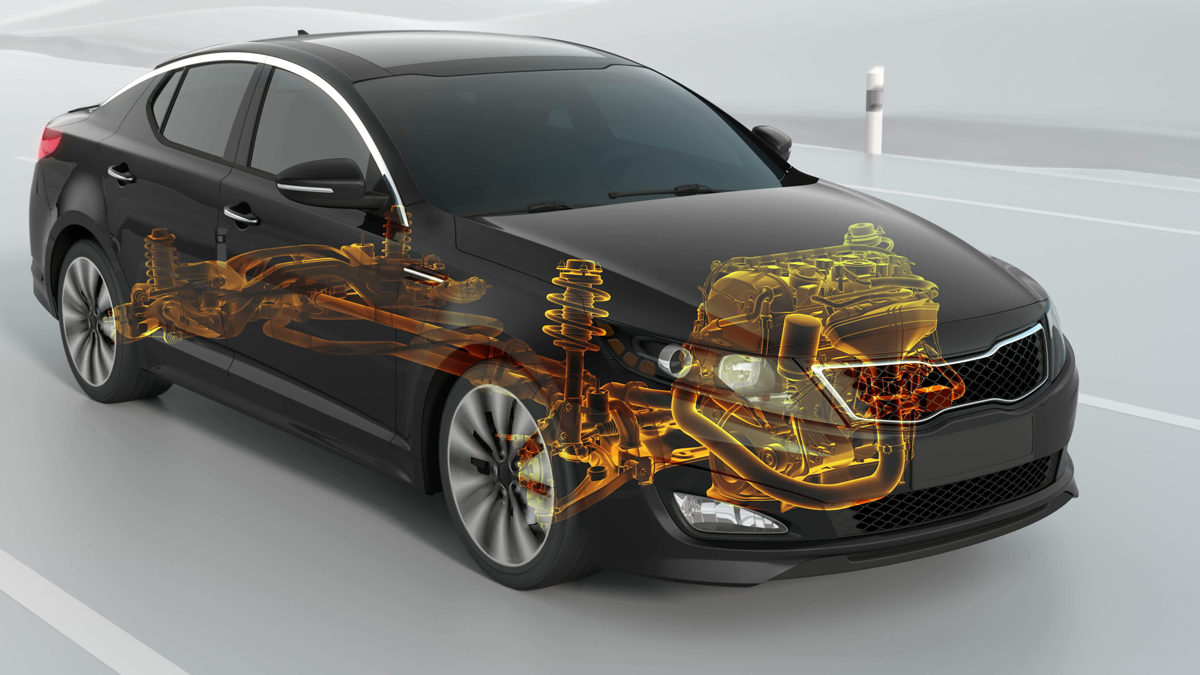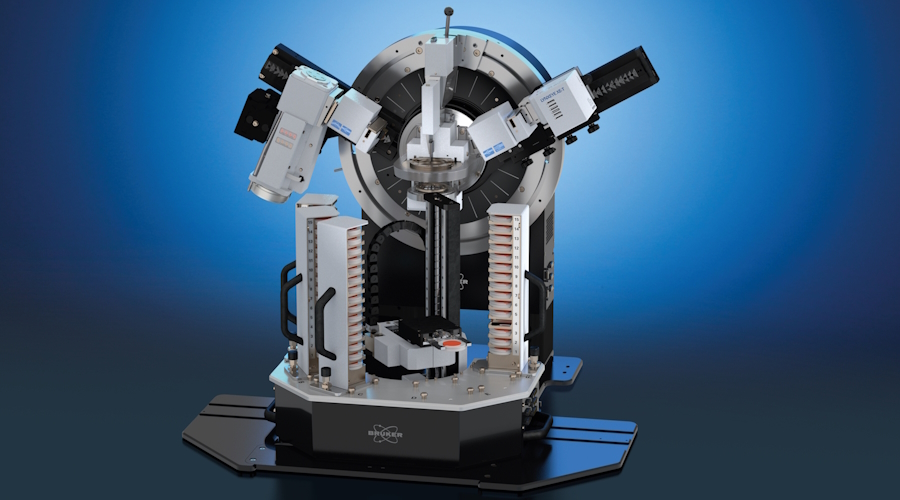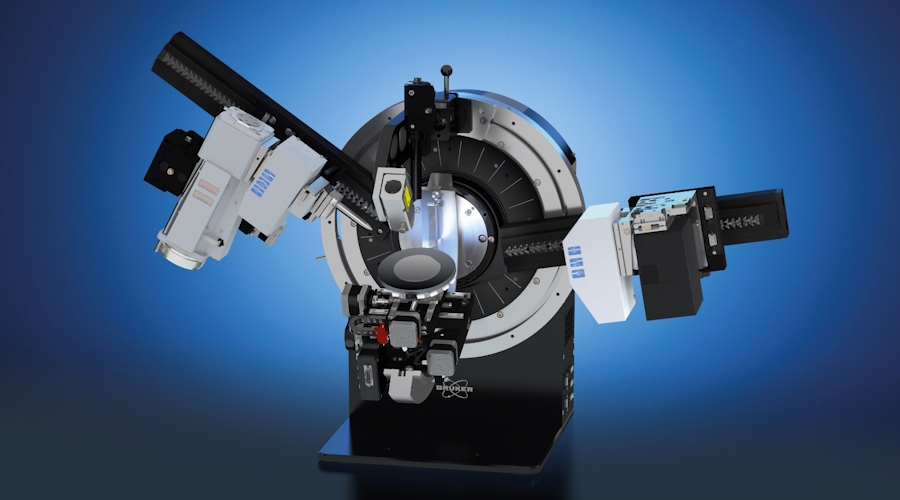

Drivetrain
Technical Cleanliness and Surface Analysis by FT-IR
When metal work pieces and automotive parts are coated, treated or otherwise functionalized, their surface requires absolute cleanliness and must be free from production residues such as grease, oil and salts or cleaning agents.
Reflection IR spectroscopy provides a quick solution to the assessment of surfaces, both for larger automotive part and microscopic samples. It provides information about:
- if a sample is contaminated
- the identity of the residue
- the origin of the contaminant
Retained Austenite Analysis of Ball Bearings
Many drivetrain components contain ball bearings which must meet strict size and mechanical strength requirements. Austenite is a high temperature phase, which due to the kinetic limitations of processing can become trapped in the material. If the amount of retained austenite is too high, dimensional instability results due to the conversion of austenite to ferrite over time. One of the most important specifications for bearings in automotive and aerospace applications is the amount of austenite retained in the microstructure. XRD is the quintessential technique for the measurement of retained austenite.

